Assessing the similarities and differences between 1914 and 2014

James Vaughan/Flickr
A century ago this month, Europeans stood on the brink of a war so devastating that it forced historians to create a new category: “World War.” None of the leaders at the time could imagine the wasteland they would inhabit four years later. By 1918, each had lost what he cherished most: the kaiser dismissed, the Austro-Hungarian Empire dissolved, the tsar overthrown by the Bolsheviks, France bled for a generation, and England shorn of the flower of its youth and treasure. A millennium in which European leaders had been masters of the globe came to a crashing halt.
What caused this catastrophe? President John F. Kennedy enjoyed needling colleagues with that question. He would then remind them of his favorite answer, quoting German Chancellor Theobald von Bethmann Hollweg: “Ah, if we only knew.” When, in the Cuban Missile Crisis of 1962, Kennedy found himself “eyeball to eyeball” with Soviet leader Nikita Khrushchev, making decisions that he knew could mean quick death to 100 million people, he reflected on the lessons of 1914. At several decision points, he adjusted what he was inclined to do in an effort to avoid repeating those leaders’ mistakes.
As they were choosing to fulfill commitments, or not, to mobilize forces sooner or later, the participants in the First World War were simultaneously seeking to frame public perceptions of the crisis. Each sought to blame its adversary. In the aftermath of the catastrophe, the victors took considerable liberty with the facts to justify punishing the vanquished. The Treaty of Versailles imposed such draconian penalties that it created conditions in which, just two decades later, the Second World War erupted. This larger drama has understandably shaped historians’ accounts of the causes of the war. But as the best of the new books on this conflict, Christopher Clark’s The Sleepwalkers, concludes forthrightly, the available evidence can be marshaled to support an array of competing claims. “The outbreak of war in 1914 is not an Agatha Christie drama at the end of which we will discover the culprit standing over a corpse in the conservatory with a smoking pistol,” Clark writes. “There is no smoking gun in this story; or, rather, there is one in the hands of every major character.”
In this centennial of what participants named the “Great War,” many have recalled Mark Twain’s observation that while history never repeats itself, it does sometimes rhyme. As a rising China claims islands administered by Japan in the East China Sea, or controlled by neighbors in the South China Sea, many hear echoes of events in the Balkans a century earlier. Could an incident between Chinese and Japanese naval or air forces lead to the sinking of a ship or downing of a plane? If so, would the U.S. meet its treaty commitment to stand with Japan, even if that meant firing on Chinese ships or planes? If it did so, could events escalate to a larger war between the U.S. and China? It seems (and I believe, in fact, is) unlikely. But according to a recent Pew poll, large majorities of citizens in nations throughout Asia believe China’s territorial disputes with its neighbors will lead to war.
Historical analogies like 1914 can be fertile sources of insights about contemporary challenges. One danger, however, is that people can find an analogy so compelling that they conclude that current conditions are “just like” 1914. My late, great colleague Ernest May provided an appropriate antidote. He noted that as a matter of fact, the most common form of analysis used by leaders in crises is historical reasoning from analogies. He urged both analysts and policymakers to be more systematic about the effort. In a legendary course taught at Harvard for many years, he challenged students attracted by a historical analogy to follow a simple procedure: put the analogy as the headline on a sheet of paper; then draw a straight line down the middle of the page and write “similar” at the top of one column and “different” at the top of the other. Under each column, list at least three points that capture similarities and three that note differences between the analog and the current case.
This essay attempts to use the “May Method” to highlight seven salient similarities and seven instructive differences between the challenges confronting Chinese and American leaders today and those facing world leaders in 1914. While most of the similarities make the possibility of conflict today more plausible that it might otherwise seem, and most of the differences make conflict seem less plausible, instructively, some have the opposite effect.

The USS Arizona returns to New York after escorting Woodrow Wilson to the Paris Peace Conference, in 1918. (Wikimedia Commons)
Similarities
1. “Thucydides’s Trap”: structural stress that inevitably occurs when a rapidly rising power rivals a ruling power. As Thucydides observed about ancient Greece, an ascendant Athens naturally became more ambitious, assertive, arrogant, and even hubristic. Predictably, this instilled fear, anxiety, and defensiveness among the leaders of Sparta.
Accustomed to economic primacy, naval dominance, and an empire on which the sun never set, Britain in 1914 viewed with alarm the unified German Reich that had overtaken it in industrial production and research, that was demanding a greater sphere of influence, and that was expanding its military capability to include a navy that could challenge Britain’s control of the seas. In the decade before the war, this led Britain to abandon a century of “splendid isolation” to tighten entanglements with France and then Russia. During the same period, German military planners watched with alarm as Russia rushed to complete railways that could allow it to move forces rapidly to the borders of Germany and its faltering Austro-Hungarian ally.
In 2014, what for most Americans is our natural, God-given position as “Number One” is being challenged by an emerging China on track to surpass the United States in the next decade as the world’s largest economy. As China has grown more powerful, it has become more active and even aggressive in its neighborhood, particularly in what it believes are the rightly named “China” seas to its east and south. Fearful neighbors from Japan and the Philippines to Vietnam naturally look to the U.S. for support in its role as the guardian of what since World War II has been an American Pax Pacifica.
2. The virtual inconceivability of “total” war.
In 1914, aside from occasional small wars and colonial smackdowns, war was “out of fashion.” The best-selling book of the era by Norman Angell argued that war was a “great illusion,” since the nominal winner would certainly lose more than it could possibly gain.
In 2014, the “long peace” since World War II, reinforced by nuclear weapons and economic globalization, makes all-out war between great powers so obviously self-defeating that it seems unthinkable.
3. Thick interdependence: economic, social, and political.
In 1914, the U.K. and Germany were each other’s major European trading partner and principal foreign investor. King George and Kaiser Wilhelm were first cousins, the latter having sat by the deathbed of his grandmother, Queen Victoria, in 1901, and marched as second only to George at the funeral of George’s father, King Edward VII, in 1910. Elites of both societies studied at each other’s major universities, were partners in business, and socialized together.
In 2014, China is the United States’ second-largest trading partner, the U.S. the largest buyer of Chinese exports, and China the largest foreign holder of American debt. A quarter of a million Chinese students study annually in American universities, including most recently Chinese President Xi Jinping’s only daughter.
4. Rising nationalism that accentuates territorial disputes.
In 1914, as the Ottoman Empire unraveled, Serbian nationalists aspired to create a greater Serbia, and Russia and Austria-Hungary competed for influence among the Ottoman successor states in the Balkans. Meanwhile, resurgent Germans planned for a larger Germany and French patriots dreamed about recapturing Alsace-Lorraine, provinces taken by Germany from France after the Franco-Prussian War of 1870–71.
In 2014, China’s claim to the Senkaku Islands administered by Japan in the last China Sea, and the “9-dash line” by which it asserts ownership of the entire South China Sea, are reflections of ambitions that are defining new facts in the surrounding waters, exciting nationalism among its neighbors and in its own population.
5. Powerful military establishments focused on a primary enemy for the purposes of planning and buying (and justifying defense budgets).
In 1914, Britain and Germany’s militaries viewed each other as major threats, Germany and Russia saw the other as major rivals, and France was focused on the danger posed by Germany. In 1907, as Germany’s naval expansion approached the point at which it could challenge British naval primacy, the British prime minister asked the leading analyst in the foreign ministry for a memorandum “on the present State of British relations with France and Germany.” That now-famous document written by Eyre Crowe predicted that Germany would not only establish the strongest army on the continent, but also “build as powerful a navy as she can afford.” Germany’s pursuit of what the memorandum called “political hegemony and maritime ascendency” would pose a threat to the “independence of her neighbors and ultimately the existence of England.”
Today, the U.S. Department of Defense plans against something it calls the “Anti-Access/Area Denial threat,” a thinly veiled “you know who” for China. Since its humiliation in 1996, when it was forced to back down from threats to Taiwan after the U.S. sent two aircraft carriers to support Taiwan, China has planned, built, and trained to push U.S. naval forces back beyond Taiwan to the first island chain and eventually to the second.
6. Entangling alliances that create what Henry Kissinger has called a “diplomatic doomsday machine.”
In 1914, a web of complex alliance commitments threatened rapid escalation into Great Power war. After unifying Germany in the late nineteenth century, Chancellor Otto von Bismarck constructed a network of alliances that would keep the peace in Europe while isolating Germany’s principal enemy, France. Kaiser Wilhelm wrecked Bismarck’s finely tuned alliance structure by refusing to extend Germany’s alliance with Russia in 1890. Two years later, Russia allied with France. This led Germany to strengthen its ties to Austria-Hungary, and Britain to entertain deeper entanglement with both France and Russia.
In 2014, in East Asia, the United States has many allies, China few. American obligations and operational plans cover a spectrum from the U.S.-Japan Treaty of Mutual Cooperation and Security, which obligates the U.S. to regard any attack upon Japan as an attack on the U.S., to agreements with the Philippines and others that require only consultation and support. As an assertive China defines air identification zones, drills for oil and gas in contested areas, excludes other states’ ships from waters around disputed islands, and operates ships and aircraft to redraw “rules of the road,” it becomes easier to imagine scenarios in which mistakes or miscalculation lead to results no one would have chosen.
7. Temptation of a coup de main to radically improve power and prestige.
In 1914, a declining Austria-Hungary faced rising, Russian-backed Pan-Slavism in the Balkans. Seeing Serbia as the epicenter of Pan-Slavism, Emperor Franz Joseph imagined that this menace could be contained by a decisive defeat of Serbia. The assassination of his heir, Franz Ferdinand, provided an opportunity.
In 2014, Shinzo Abe seeks to reverse Japan’s “lost decades.” A quarter-century ago, Japan appeared to be on the threshold of becoming “Number One.” Since then, it has stagnated economically and become almost irrelevant in international politics. Abe’s program for revival thus includes not only “Abenomics,” but also restoration of Japanese influence in the world, including revision of the constitution and expansion of Japan’s military forces to meet what he explicitly calls the “China threat.”
In sum, those who see reminders of events a century ago in developments today are not deluded. But as Professor May would remind us, on the other hand, there are significant differences as well.

Differences
1. Clash of civilizations: As argued by Samuel Huntington in his Clash of Civilizations, deep differences in values and worldviews between civilizations are a significant systemic factor favoring conflict. On this dimension, 2014 is more dangerous than a century ago.
In 1914, Europe was the epicenter of civilization and its leaders masters of the universe. Most of the crowned heads of Europe—from the Arctic Circle to the Mediterranean—were blood relatives, with the tsar and the kaiser addressing each other as Nicky and Willy. Nonetheless, as Huntington noted, a fault line between Western Civilization and Eastern Orthodoxy ran right through the Balkans.
In 2014, China and the United States are separated by more than just the Pacific Ocean. Significant differences between values in Beijing and Washington include hierarchical harmony vs. freedom; communal values vs. individualism; and the Communist Party’s monopoly of political power vs. democracy.
2. Financial foundations of hegemonic power.
In 1914, Great Britain was the world’s largest creditor.
In 2014, the United States is the largest debtor in the world. As a result of a combination of low taxes and high spending, Washington has borrowed more than $17 trillion. Much of this comes from foreign lenders, with the largest share held by China. America’s position as both a debtor and as the major market for Chinese products, matched by China’s position as America’s banker and major supplier of consumer goods, create conditions that have been called MADE (Mutual Assured Destruction of Economies).
3. Shared geography.
In 1914, the European competitors had contiguous physical borders. This created incentives for rapid mobilization, accelerating the pace of decision-making in crisis.
In 2014, the U.S. and China are oceans and even hemispheres apart. Nonetheless, as a Pacific power with alliances and bases throughout Asia, the U.S. is a constant presence in the seas adjacent to China. Moreover, as a result of advances in technology, there are no borders in space and cyberspace. In these realms, the possibility that rapid advances could achieve (or be imagined to have achieved) decisive advantages raises the specter of “crisis instability,” reminiscent of Europe in the early twentieth century.
4. Nuclear weapons and weapons of mass destruction.
In 1914, the thought that a Pan-European war could be so devastating that it would end a millennium in which European leaders ruled the world was almost inconceivable.
In 2014, nuclear weapons have a “crystal-ball effect” that allows leaders to see clearly that escalation to a nuclear war could erase their nations from the map.
5. Military balance.
In 1914, the balance of military power among the major states of Europe was fragile. The U.K. had the world’s greatest navy, Germany had the strongest army, and the capabilities of Russia and France were significant. Moreover, all of the states were active participants in a delicate game of power-balancing.
In 2014, the U.S. military is without equal. After two decades in which it spent more on defense than all other countries combined, America has by far the best-trained and best-armed fighting forces on earth. For the foreseeable future, no rational Chinese military planner could present a war plan to defeat the U.S. military on the battlefield, even in East Asia. On the other hand, after more than a decade of what two-thirds of Americans now judge to have been misguided wars, the U.S. is war-weary and war-wary. Assessing the will and capabilities of the U.S. today, China could be tempted to take excessive risks.
6. Technology and transparency.
In 1914, Russia and France feared that Germany could mobilize in secret. Uncertainty about mutual mobilization timetables and troop movements contributed mightily to the dynamics of escalation. Governments sent cables to ambassadors who transmitted messages to foreign offices, increasing the chances of miscommunication.
In 2014, intelligence systems provide near-real-time information on movements of ships, aircraft, and troops. This information equips leaders with significantly more and better information to make decisions in a crisis. Moreover, they can talk directly to one another by telephone and video teleconference.
7. Structure of world politics.
In 1914, global politics were clearly multi-polar, making delicate balancing essential, and miscalculation difficult to avoid.
In 2014, the U.S. remains the sole superpower in a world that is, on current trendlines, evolving toward polarity: bi-polarity with China, or even multi-polarity if Europe becomes a player, India rises to the ranks of a great power, and Russia is able to sustain its new assertiveness. Chinese or Russian miscalculations about the relative balance of power pose potential risks.
***
So which are more salient: the similarities or differences? Weighing the array on both sides, would a Martian strategist comparing conditions in January 1914 with those at the beginning of 2014 judge the likelihood today of great-power war significantly higher or lower? For the “complacent” who live in what Gore Vidal labeled the “United States of Amnesia,” the similarities should serve as a vivid reminder that many of the reasons currently given for discounting threats of war did not prevent World War I. In particular, the fact that war would be irrational does not make it unthinkable. For “alarmists” who extrapolate from the past to predict imminent disaster, the May Method provides a salutary correction. For myself, this exercise in historical analysis leads me to conclude that the probability of war between the U.S. and China in the decade ahead is higher than I imagined before examining the analogy—but still unlikely. If statesmen in both the U.S. and China reflect on what happened a century ago, perspective and insights from this past can be applied now to make risks of war even lower.


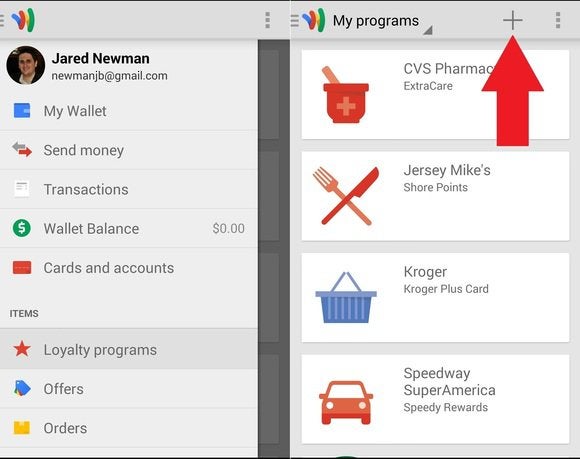



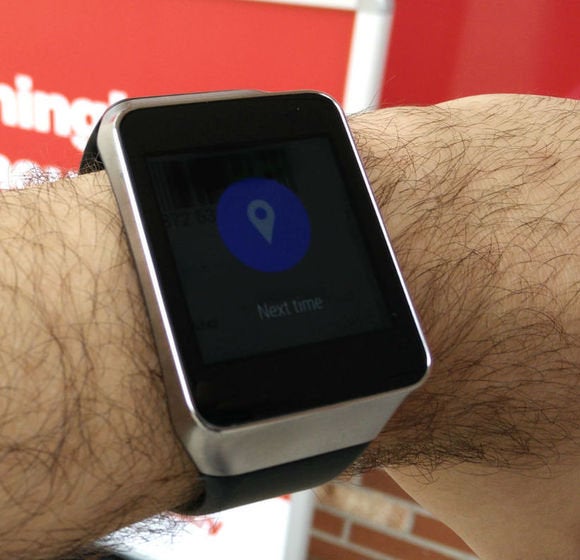
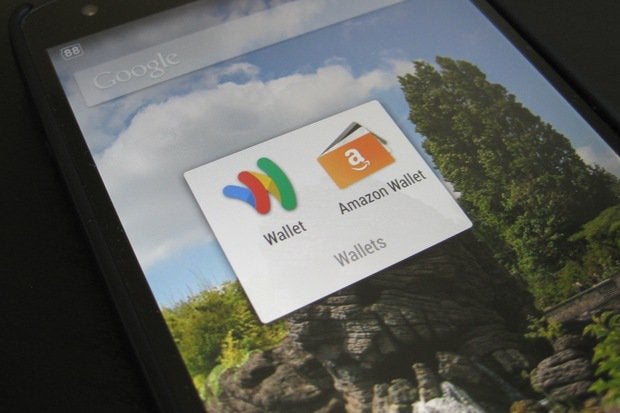
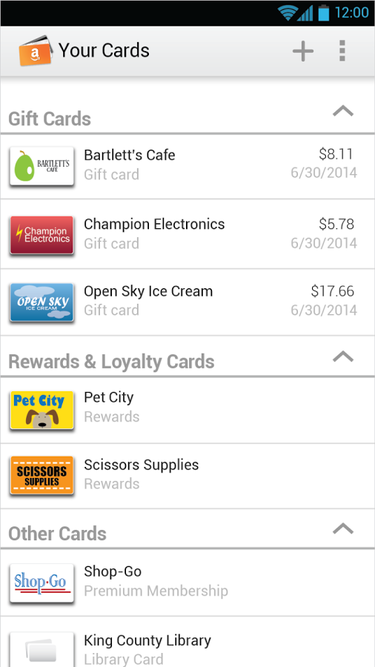

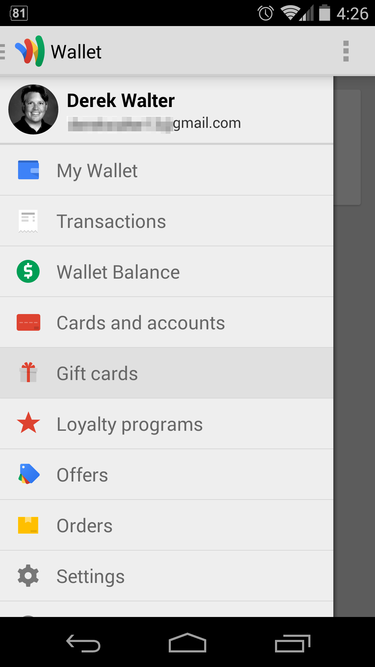
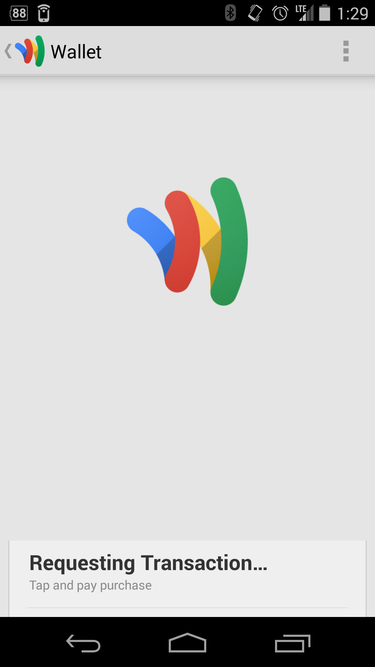



 ´
´